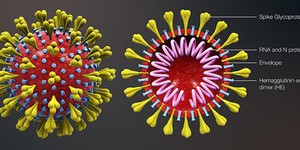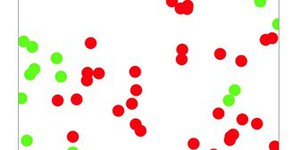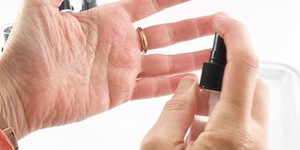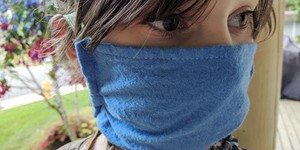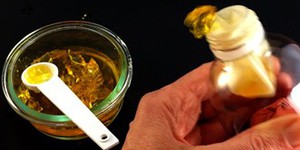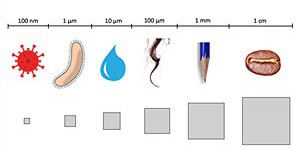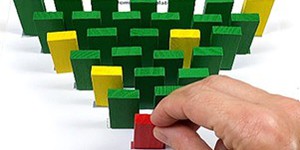STEM Activities Related to COVID-19 and Coronavirus
The activities listed below have been developed to help teachers, students, and families explore questions related to health, viruses, and, specifically, coronavirus and the COVID-19 pandemic.
STEM Activity
24 reviews
How well do you wash your hands? Do you just give them a quick rinse with water, or do you use soap? Do you wash the backs of your hands and in between your fingers? Good hand washing is one of the best ways to prevent the spread of germs and diseases like the flu and common cold. Try this activity to find out if there are hard-to-wash parts of your hands where germs might be hiding!
Read more
STEM Activity
38 reviews
Have you ever wondered why we wash our hands with water and soap to get rid of bacteria and viruses? Good hand hygiene becomes especially important during viral outbreaks such as the COVID-19 pandemic! The CDC (Center for Disease Control) recommendations for handwashing say to scrub your hands for at least 20 seconds with water and soap. But how does soap kill viruses such as SARS-COV-2? In this activity, you will find out by experimenting with models of different virus types to see how they…
Read more
STEM Activity
17 reviews
Are you curious about how public health officials think about and model how diseases like flu and COVID-19 move from one person to another? In this activity, you will use the kid-friendly programming language Scratch to write a simulation that uses bouncing dots to represent healthy and sick people. The simulation will show how we can take measures to slow the spread of a transmissible disease.
Read more
STEM Activity
9 reviews
Do you cover your coughs and sneezes? How far do you think the droplets can travel if you do not cover them? Why is this important to help prevent the spread of diseases like COVID-19? Try this activity to find out!
Read more
STEM Activity
15 reviews
Did you ever wonder what hand sanitizer is made of, or how you can efficiently disinfect your hands or other frequently touched surfaces like doorknobs? Handwashing is still the best way to keep your hands clean, but hand sanitizer is a great alternative for situations where clean water and soap are not available, and you can even use it to disinfect surfaces! Intrigued—try out making a hand sanitizer yourself!
Read more
STEM Activity
6 reviews
To slow the spread of COVID-19, the CDC recommends wearing a mask or cloth face covering—particularly in places where it is impossible to maintain social distancing (staying at least 6 feet away from others). This recommendation is for everyone age two or older (children under the age of two should not wear masks). Many instructions to make your own mask are available online. This activity will help you think through the process of designing and making a mask as an engineering problem.…
Read more
STEM Activity
10 reviews
Have you ever coughed, felt short of breath because you were sick, or felt it was hard work to take a breath? Maybe you have watched someone gasping for air. At times, these events can feel scary! This activity explores how mucus and fluid in the lungs or airways changes our breathing using a simple lung model. It can help you understand why symptoms like coughing and being short of breath happen.
Read more
STEM Activity
12 reviews
Have you ever seen a real virus? Probably not—they are so tiny that it is impossible to see them with your naked eyes. But how big or small are viruses really? The coronavirus Sars-Cov-2, which causes COVID-19, is about 120 nanometers in size. One nanometer is equal to one billionth of a meter! How many of these tiny coronaviruses do you think can you line up inside a pencil dot? In this activity, you will find out by creating a scale model that allows you to compare the size of many…
Read more
STEM Activity
10 reviews
Have you ever wondered why you need to get a flu shot regularly? The vaccine protects you from getting sick with the flu, which is an infectious disease. Such diseases, like the flu or COVID-19, can easily spread through a population and cause a pandemic by making many people sick. Measures such as social distancing can reduce the risk of catching the disease, but real protection only comes from gaining immunity against the disease. This is the reason for vaccinations—to make someone…
Read more
Explore Our Science Videos
DIY Hand Sanitizer Spray
Model the Planets of the Solar System
Build a Bottle Centrifuge




